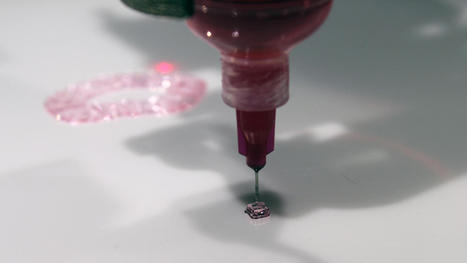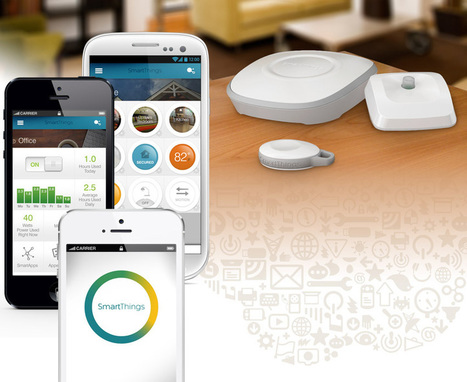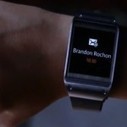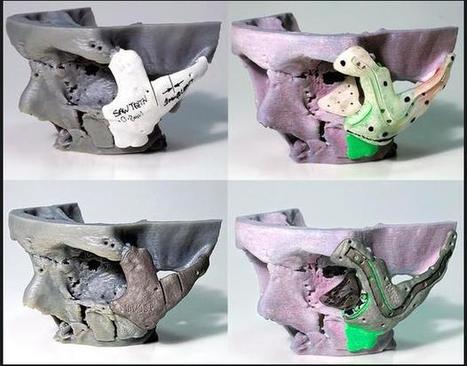With all the hype about the Internet of Things—new connected products intended to bring greater efficiencies and simplicity to life—it may be surprising how few consumers are actually adopting these new technologies.
"Despite predictions of rapid growth for smart products in the near future, the Internet of Things has yet to secure a foothold in the mainstream consumer market," notes a new exploratory case study by Affinova, which asked consumers to evaluate more than 4 million product concept variations and identify the most desired products and functions. The company said its research sheds light "on key consumer preferences and barriers to mainstream adoption of smart products."
One such barrier is a lack of understanding of what smart products are available and what their advantages and limitations are. While 57 percent of all consumers strongly agreed that the Internet of Things will be "just as revolutionary as the smartphone," they don't know how or why—92 percent told Affinova its very difficult to pinpoint what they want from smart objects, but feel that they'll know it when they see it....



 Your new post is loading...
Your new post is loading...




















Here's a thoughtful perspective on the Internet of things from Adweek.
No matter how smart the technology get, humans still hold reservations about using it to completely conduct all their daily activities. Should smart technology just be another convenience we can access when we want or become the New normal?